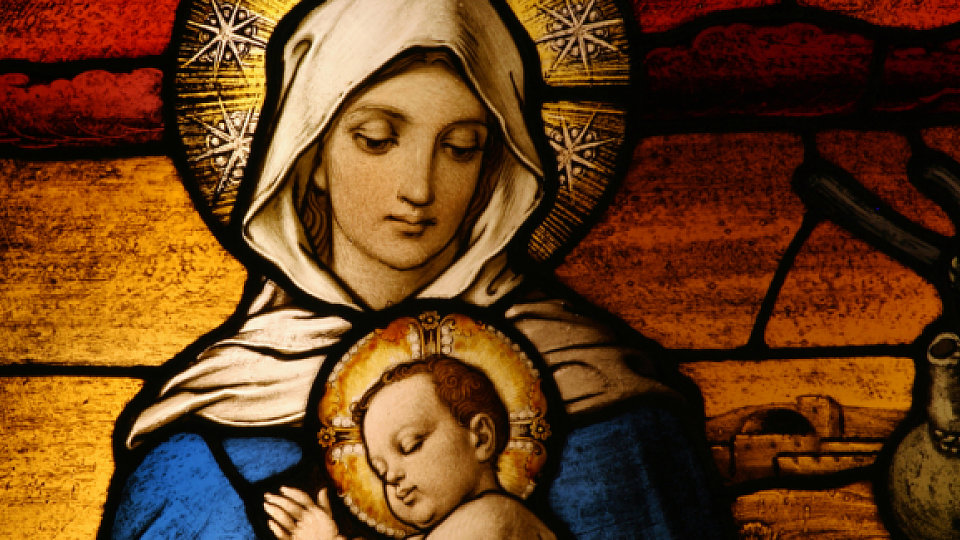It Was Not a Silent Night

In 1816, an Austrian priest named Josef Mohr wrote the words to a Christmas carol for his own congregation, to be sung on Christmas Eve: “Silent night, holy night, all is calm, all is bright round yon virgin mother and child. Holy infant, so tender and mild, sleep in heavenly peace, sleep in heavenly peace.” These words have shaped the way we imagine that first Christmas. It was idyllic. It was lovely. It was wonderful. It was joyous. It was perfect. The challenge for us is that our own Christmases seldom measure up to this ideal. They’re not perfect. They’re messy. They’re challenging. They’re difficult. In our world there’s adversity. There’s darkness. There’s pain and suffering. So on one hand we have the perfect Christmas with Mary and Joseph and the baby. And then there’s our Christmas, and it’s far from perfect. During this season, many of us struggle with that disparity. Luke tells us that Caesar Augustus, emperor of Rome, decreed that a census be taken and that everyone return to the ancestral village of the head of the household. Mary and Joseph were living in Nazareth, but Joseph’s ancestral village, his hometown, was Bethlehem. The Roman authorities did not care that Mary was nine months pregnant. She and Joseph were forced to make the eighty- to ninety-mile journey from Nazareth to Bethlehem, which might have taken nine or ten days for a pregnant woman on foot. (Modern-day illustrations often show Mary riding on a donkey, but the Scriptures are silent on that point.) It’s likely that on the trip, tears were shed. If Mary was like any other expectant mother, she would have felt anxious and probably fearful. And then there were the questions that must have been running through her mind: Where will we stay? Who will help with the birth? Will my child survive? Mary had been planning to have her child in her home, likely in a room that may have been added to her parents’ home in Nazareth. There was little to mitigate the pain of childbirth in that day except for the comfort of her mother, close friends, and a good midwife. It’s not hard to imagine Mary’s disappointment in being forced to travel to Bethlehem to have her child without any of those. The disappointment got worse when they arrived in Bethlehem. Luke doesn’t actually tell us that Mary was in a barn with sheep and goats, but he does tell us there was a manger, which was a feeding trough for animals (see Luke 2:6-7). Where would this feeding trough have been? Early church tradition has it located in a stable or cave behind or under a house. (The word for that location, often referred to as “inn” in the Bible, is better translated as “guest room.”) In those days, people often brought their sheep in at the end of the day and kept their donkeys overnight to be tended. In other words, think of the place where Mary gave birth as a first-century parking garage. As to a “silent night,” the Scriptures don’t mention it. After all, on that first Christmas Mary gave birth! I don’t imagine it was silent. It would have been filled with noise, not just the sound of the donkeys but the clamor and cries surrounding childbirth. Keep in mind that Mary was blessed by God, chosen as his handmaiden, and given the most important task any human being would ever have. Her child was the King of kings. She would be the mother of Jesus Christ. She was in the midst of the most profound thing God would do in the history of humankind. And Mary had to bring forth this child among animals, in a place she didn’t want to be. God does not promise that life will be easy, but he does promise that in the midst of the animal dung and the noise and the disappointment, he is at work! Think about it: if all were calm and bright in the world, Christmas wouldn’t be necessary. Christmas came because the world is broken. It was not a silent night for Mary, but she knew that something important was happening. God was working to transform the world. Her baby would change everything. Today’s post is an excerpt from Not a Silent Night.